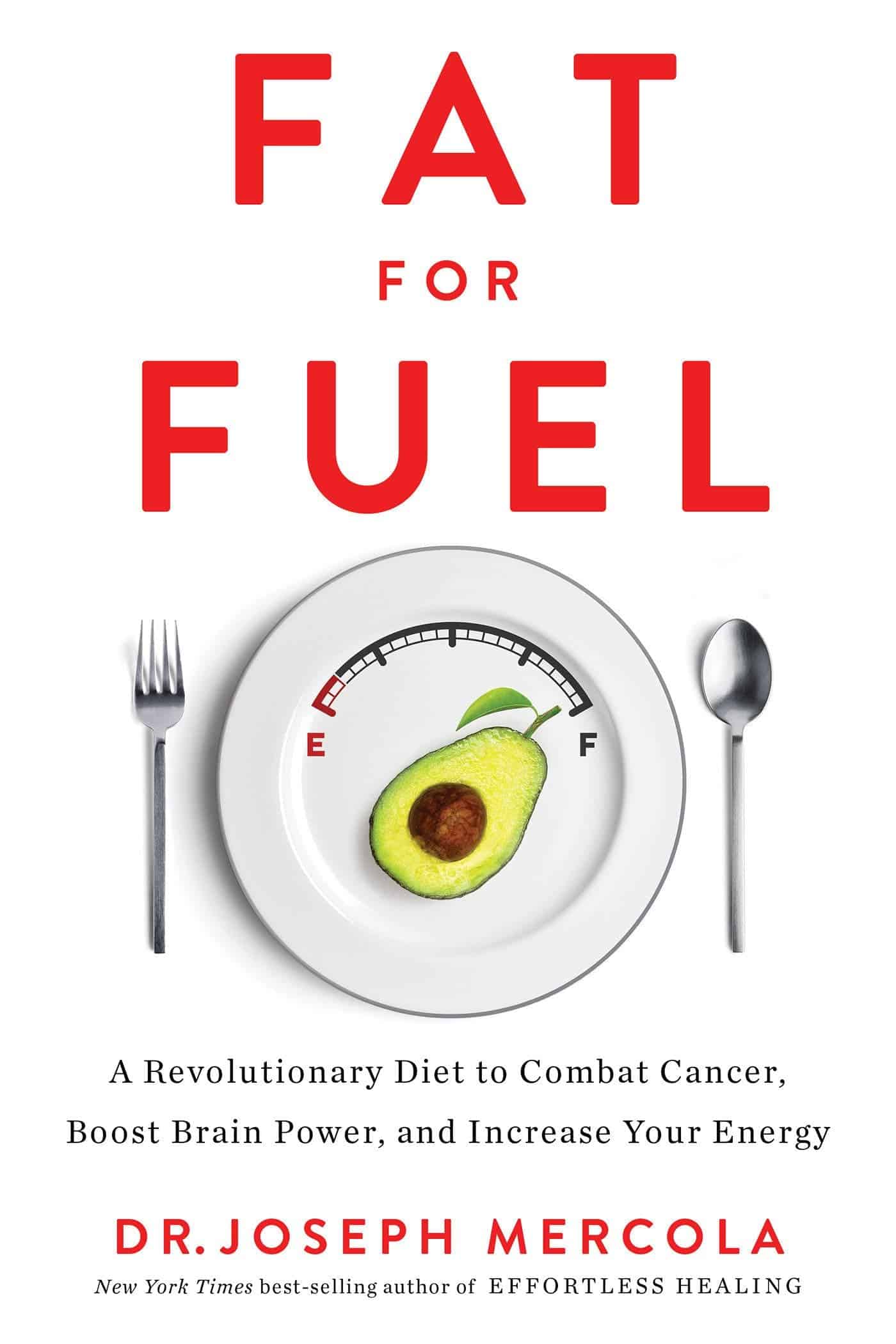Fat for Fuel by Dr Mercola: Book Review, Summary, Lessons, Notes

Fat for Fuel Consulting Review
Straight forward intro to ketosis and a general better way of eating. Provides a nice mix of how-to and background science, evidence and information on how to eat.
Personally I’ve never formally entered ketosis but it is on my someday maybe list.
I’ll report back in if/when I do and how I get on.
Fat for Fuel Consulting Book Notes
What to Eat
Vegetables
- Asparagus
- Avocados
- Broccoli
- Brussels sprouts
- Cabbage
- Cauliflower
- Celery
- Cucumbers
- Kale
- Mushrooms
- Salad greens
- Sauté greens
- Spinach
- Zucchini
After you are fat adapted, you can add back limited amounts of these foods:
- Eggplant
- Garlic
- Onions
- Parsnips
- Peppers
- Rutabaga
- Tomatoes
- Winter squash (very limited amounts)
Fruits
- Berries (a small handful, in lieu of a serving of vegetables)
- Grapefruit (a few sections, replacing a serving of veggies)
Proteins
- Grass-fed beef
- Lamb
- Pork (including limited amounts of bacon and sausage)
- Poultry (preferably pastured and organic)
- Seafood (wild-caught fish and shellfish)
- Sardines and anchovies
- Wild game meats
- Eggs (preferably pastured and organic)
- Organ meats
Dairy
- Cheese (hard cheeses such as cheddar or Parmesan or soft, high-fat cheese such as Brie)
- Heavy whipping cream
- Sour cream (cultured, without added starches or fillers)
- Full-fat “original” cream cheese
Nuts and Seeds
- Macadamias (rich in healthy fats, yet low in carbs and protein)
- Pecans
- Brazil nuts (rich in selenium but limit yourself to two per day because they are high in protein)
- Coconut (including unsweetened meat, milk, cream, or flour)
- Hazelnuts
- Chia seeds
- Hemp hearts/seeds
- Pumpkin seeds
- Black sesame seeds
- Black cumin seeds
- Raw cacao
- Flax seeds (rich in healthy omega-3s and fiber; grind just before eating)
Snacks
- Avocados
- Olives
- Pickles (naturally fermented—look for salt on the ingredient list and no vinegar)
Fats and Oils
- Coconut oil
- MCT oil
- Cocoa butter
- Raw, organic butter or ghee, grass fed
- Lard or tallow from organically raised animals, best for sautéing
- Other saturated animal fats, such as duck fat
- Extra virgin olive oil (for dressings or homemade mayonnaise)
- Fermented vegetables, ideally made at home or bought (unpasteurized) and used as a condiment
Sweeteners
- Stevia (liquid drops, preferably organic)
- Lo han kuo or monk fruit
- Xylitol—although beware; it’s toxic to dogs!
- Erythritol
Recipes
www.ketodietapp.com (search for “60 amazing fat bombs”)
www.ketogenic-diet-resource.com
Testing
Begin tracking your blood glucose levels using your home glucose monitor (described in Chapter 6). Test three times a day according to this schedule:
When you first wake up (before you’ve had anything to eat or drink, including coffee or tea). This is your fasting blood glucose.
Right before you eat your first meal of the day. In an ideal situation, you’d wait to eat until your blood glucose level is below 80 (although many people may never get readings this low due to a preexisting health condition).
At bedtime. This reading gives you feedback on your food choices for that day.
Timing
Restrict eating window to 6-11 hours
Lunch: glucose <=80mg or 4.4mmol
Dinner: min 3 hours before bed. Ideally 4-6 hours.
Winter in MMT, 4-7 day fast in sprint. More lenient in summer.
Or 4 day Peak, 1-2 water, 1-2 feast.
Feast net carbs 100-150g. Protein with strength training.
Supplements
Berberine: 3x day, 300-500mg before meals
Ubiquinol: 200-300mg for 3 weeks. Then 100mg
Magnesium